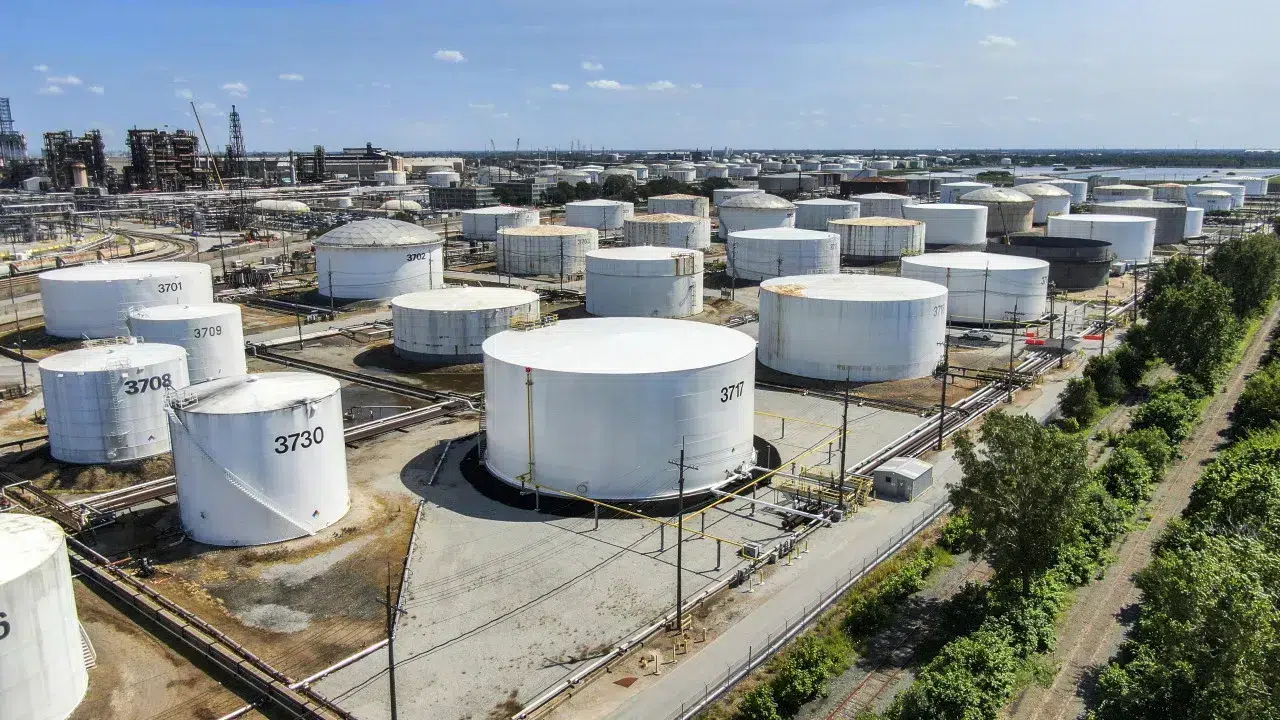
The ‘Parque Cidades do Tejo’ project will cover a total of 4,500 hectares of urban intervention and infrastructure, equivalent to 55 times the size of Parque Expo, as highlighted by the Ministry of Infrastructure and Housing.
This initiative will directly impact the municipalities of Lisbon, Loures, and Oeiras (in Lisbon district), Almada, Barreiro, Seixal, and Montijo (in Setúbal district), and Benavente. The plan includes the construction of 25,000 homes and the creation of 200,000 jobs.
View initial images of the project in the gallery above.
According to a statement from the Ministry, it is “a project aimed at transforming the riverside arc into a large metropolis where the river serves as a link between territories rather than a separator.”
[embedded content]
The Parque Cidades do Tejo will focus on four intervention areas, namely the “Arco Ribeirinho Sul” (Almada, Seixal, and Barreiro), “Ocean Campus” (Oeiras and Lisbon), “Aeroporto Humberto Delgado” (Lisbon and Loures), and “Cidade Aeroportuária” (Benavente and Montijo).
This project includes residential, recreational, research, and cultural spaces, such as “Ópera Tejo,” an international congress center, and the airport city.
The “Arco Ribeirinho Sul” area, with its 519 hectares, anticipates the construction of an additional 28,000 homes and the creation of 94,000 jobs.
Similarly, on the southern bank of the Tagus, the Benavente-Montijo axis — Cidade Aeroportuária (spanning over 3,000 hectares) plans to establish a new airport city and nautical science and industry hubs.
On the northern bank of the Tagus, the Ocean Campus area (90 hectares) envisions the creation of an urban park, a venue for major events, and an innovation, research, and development cluster, with the potential to generate 15,000 jobs.
Also on the northern bank, the Humberto Delgado Airport axis (400 hectares) forecasts the construction of 9,800 new homes.
In terms of infrastructure, plans include the construction of two new Tagus crossings: the third road crossing (Chelas-Barreiro) and the Algés-Trafaria tunnel, along with the new airport and investment in high-speed rail.
The investment for the third Tagus crossing is set at 3,000 million euros, while the Algés-Trafaria tunnel is budgeted at 1,500 million euros.
The project also outlines the expansion of public transport networks, including the Lisbon Metro, the South Tagus Metro, and Transtejo/Soflusa, as well as the creation of LIOS – Linha Intermodal Sustentável (Oeiras — Lisbon — Loures) and SATUO (Sistema Automático de Transporte Urbano de Oeiras) to connect Oeiras (Paço de Arcos) with Sintra (Massamá).
Regarding governance, the plan explains that the Sociedade Parque Cidades do Tejo will be established, a company wholly owned by the state.
“The project will start with an initial budget of 26.5 million euros, and management will be equally shared between the central government and the municipalities,” the statement notes.
According to the Minister of Infrastructure, the project’s objective is to “stitch together the two banks of the Tagus and unite them as a great metropolis.”
“Investment in road and rail infrastructure and the construction of Luís Camões Airport are crucial components,” asserted Miguel Pinto Luz.
He emphasized that this is a “future-oriented project for the Lisbon Metropolitan Area, which is now beginning discussions with the 18 municipalities of the AML and with the municipality of Benavente,” noting that the “management of Sociedade Parque Cidades do Tejo, moreover, operates on a fully equitable management model between the State and the municipalities.”




